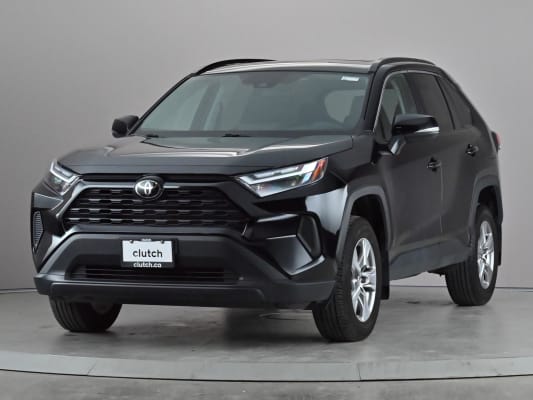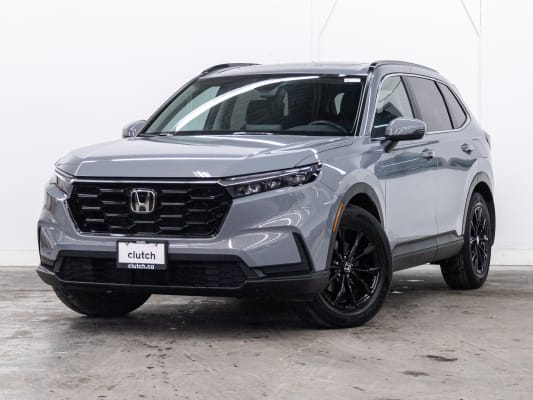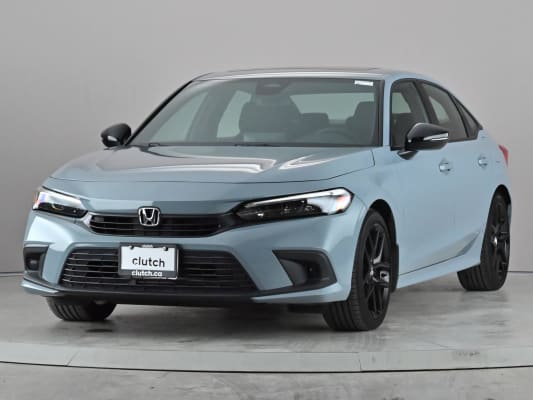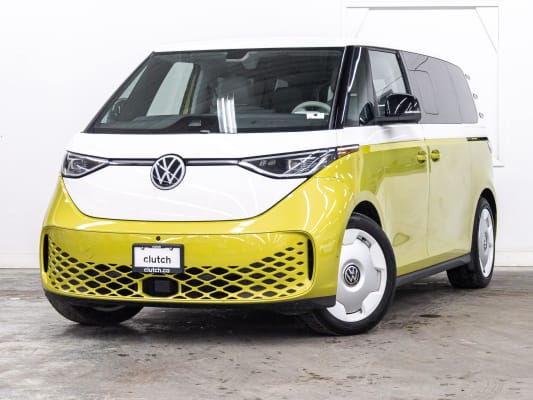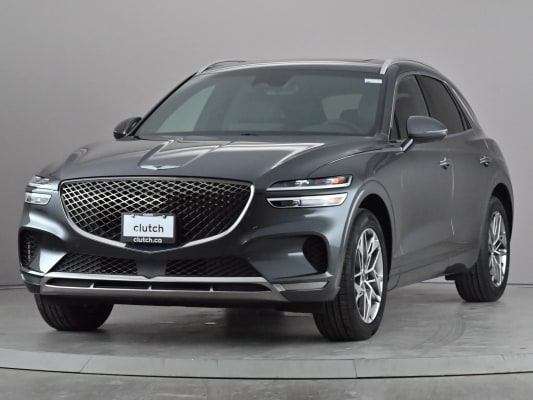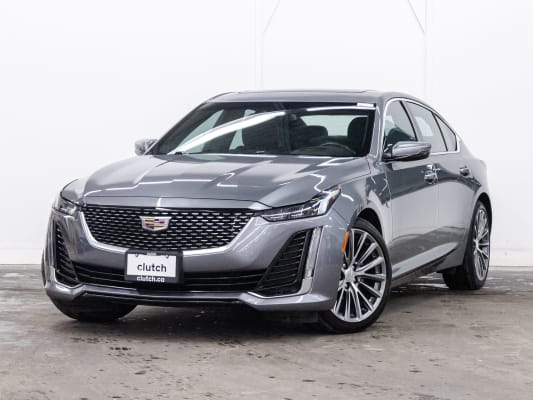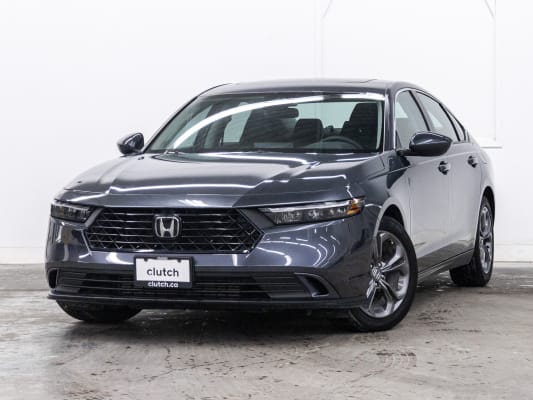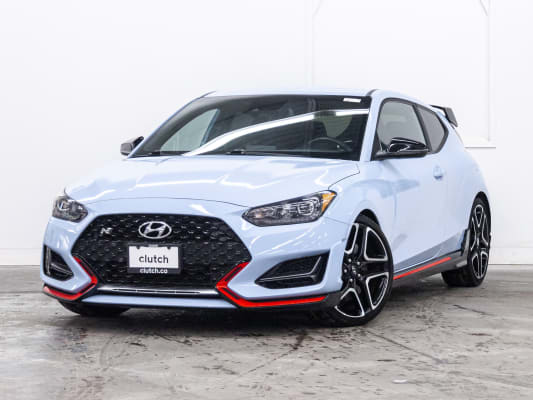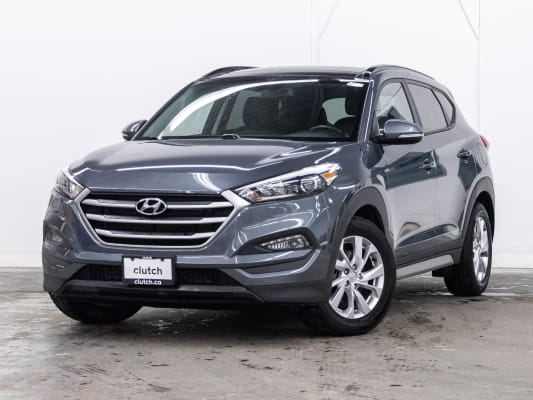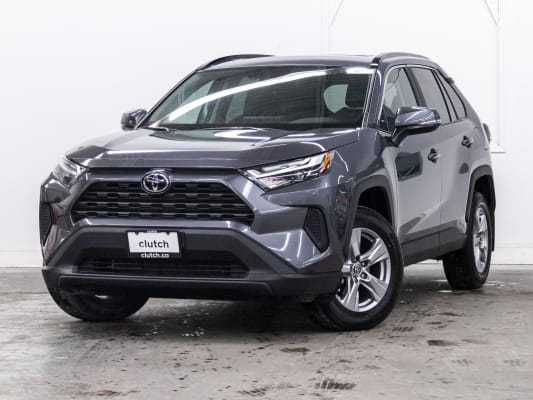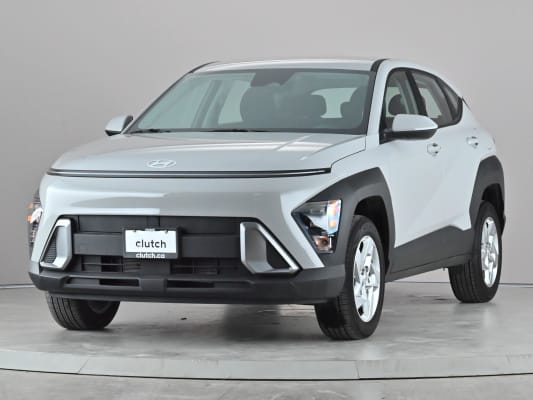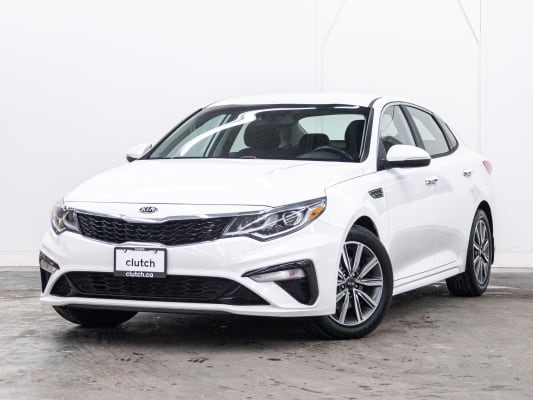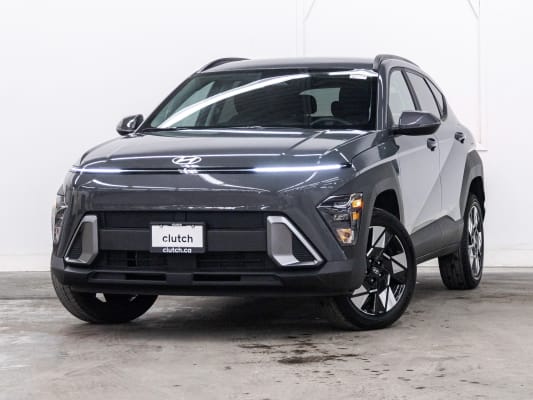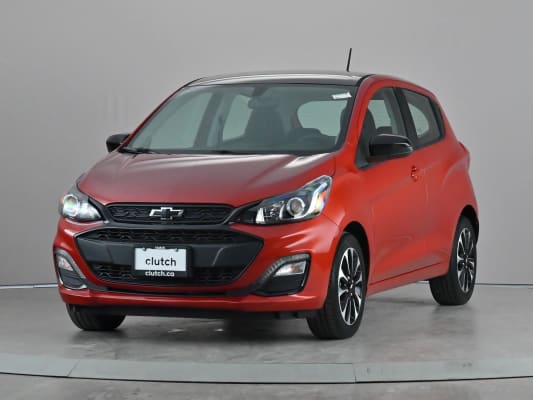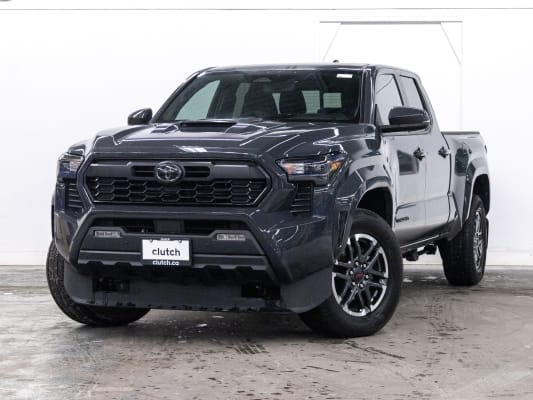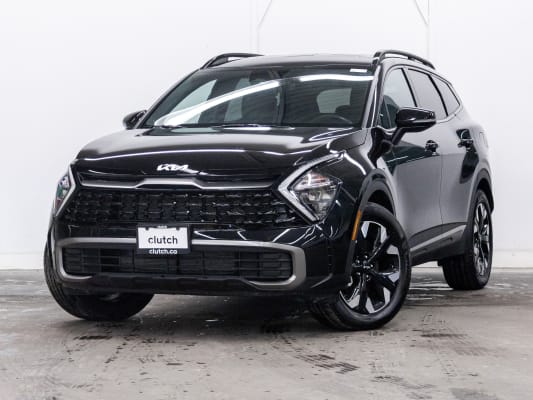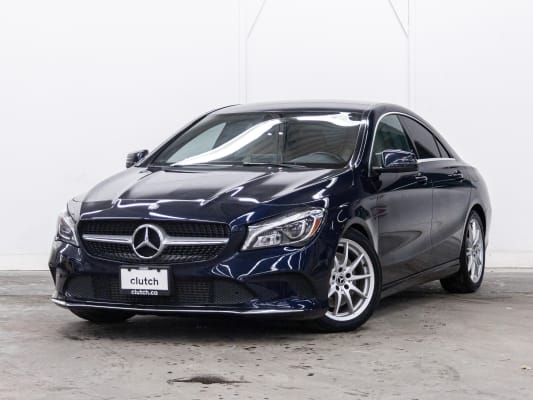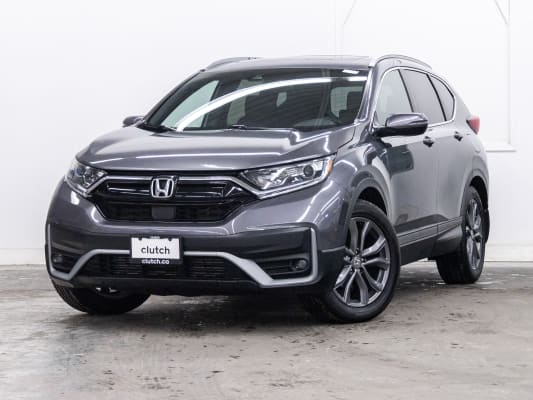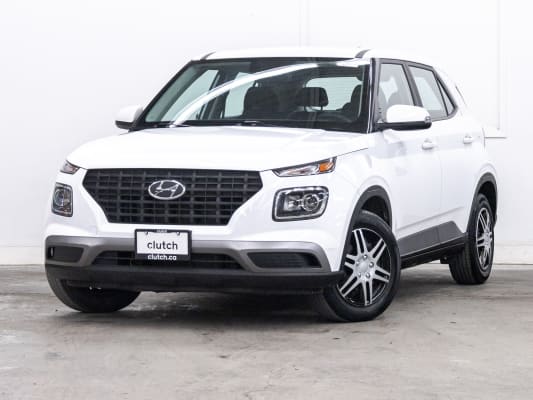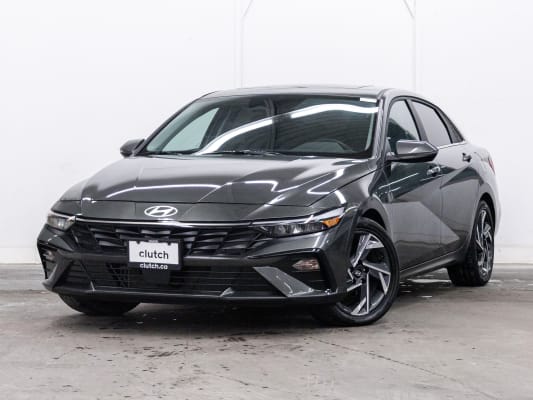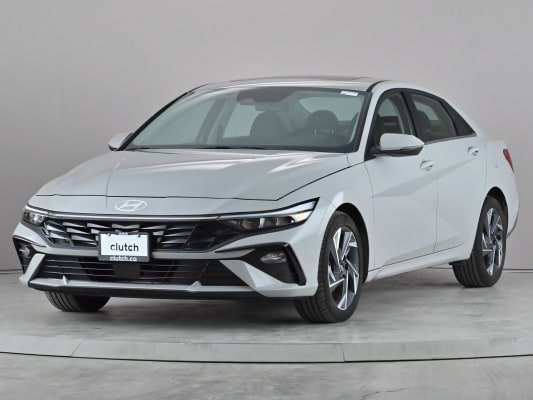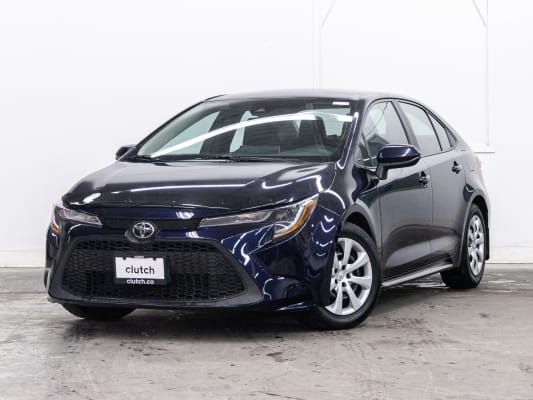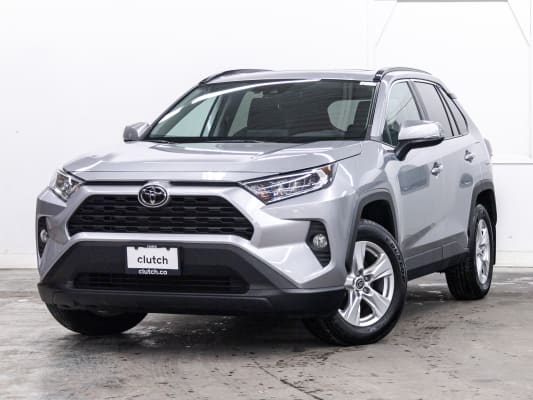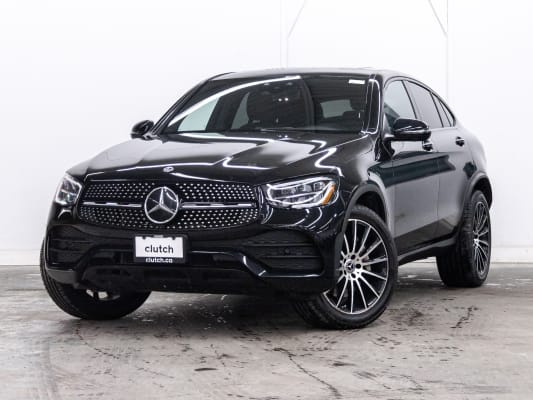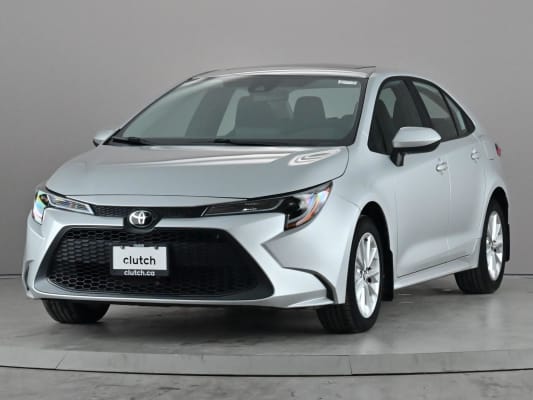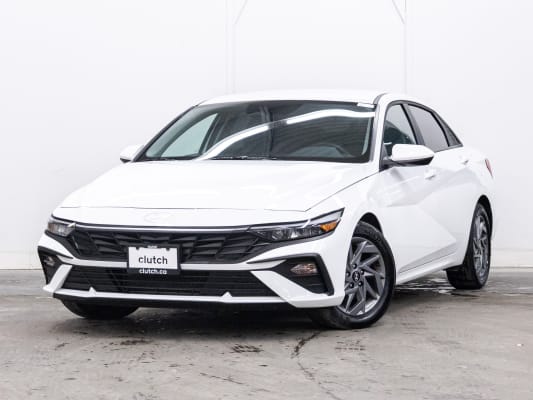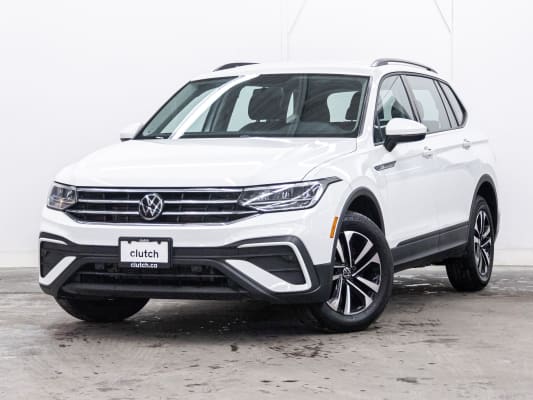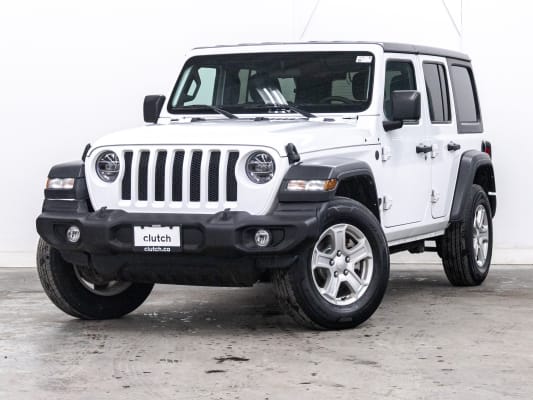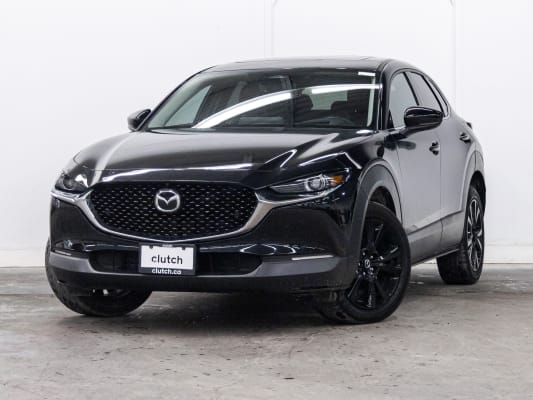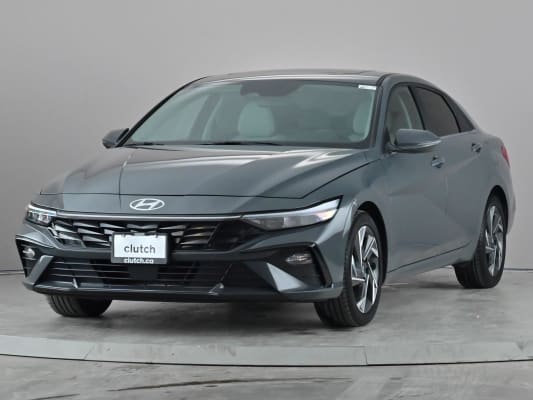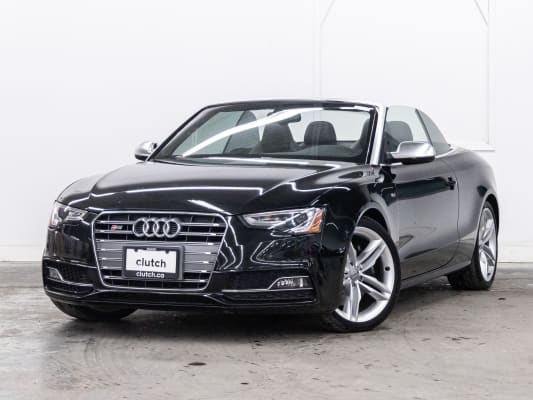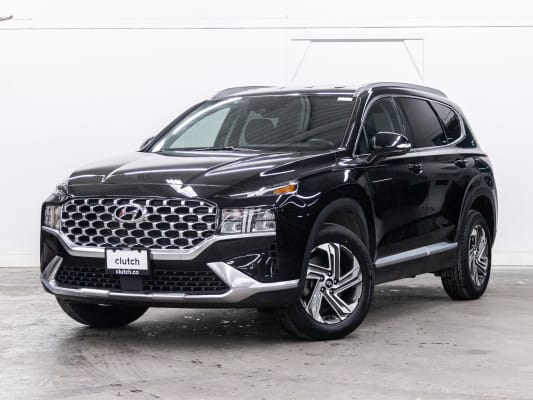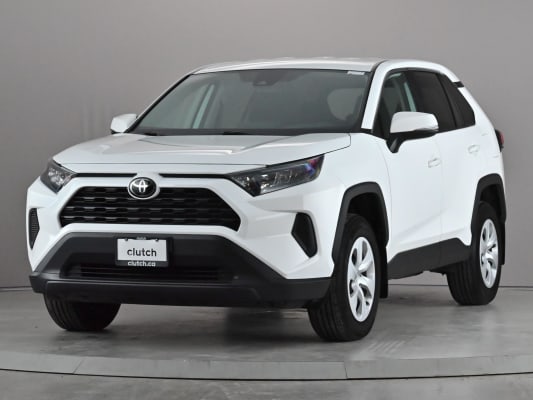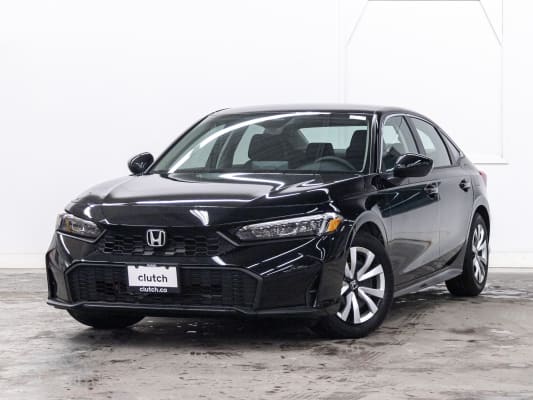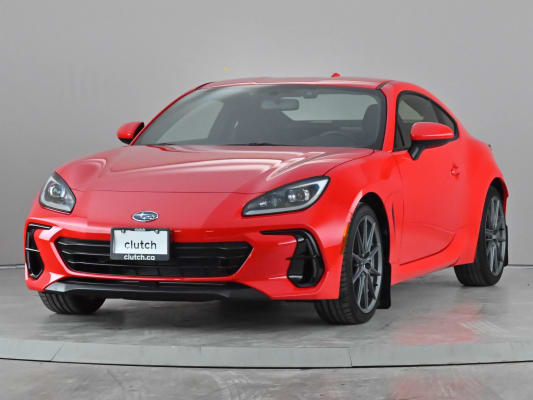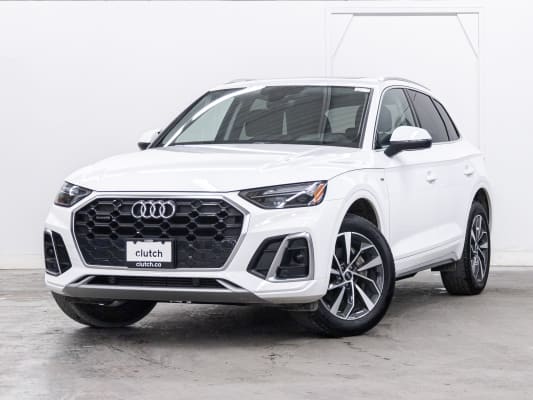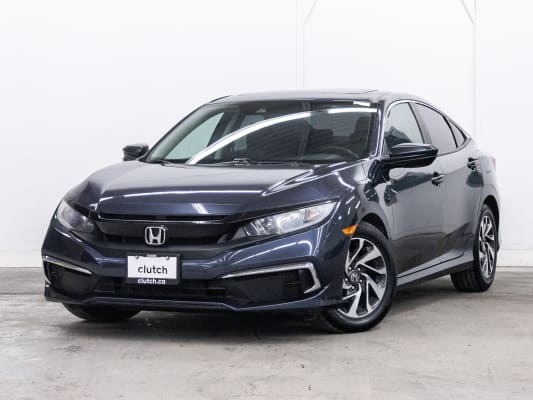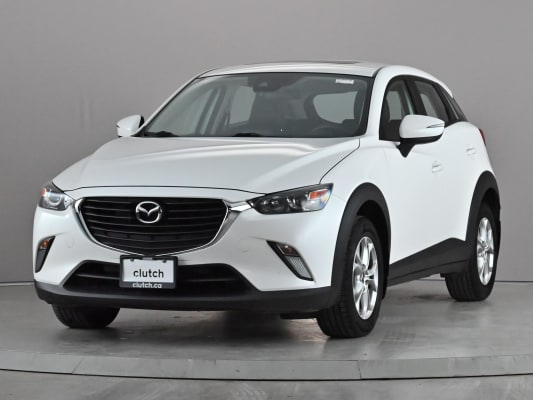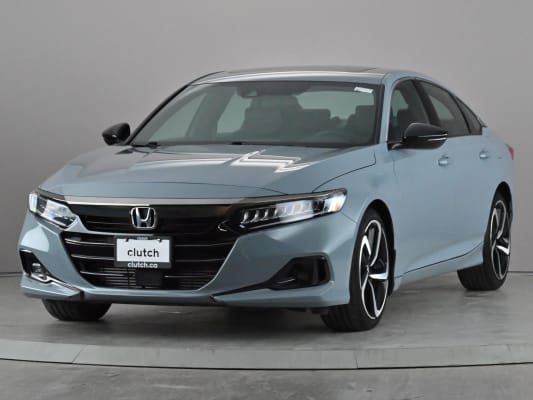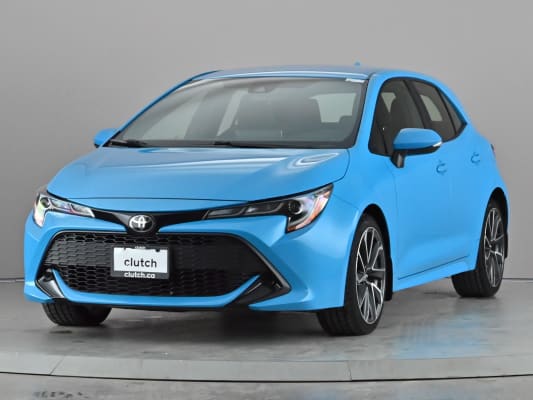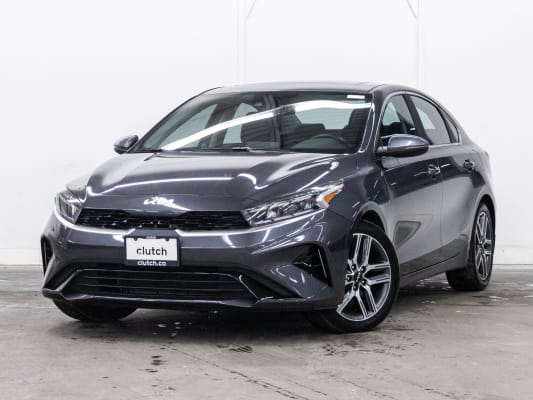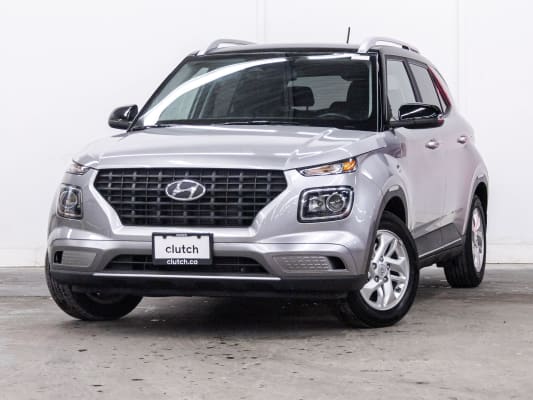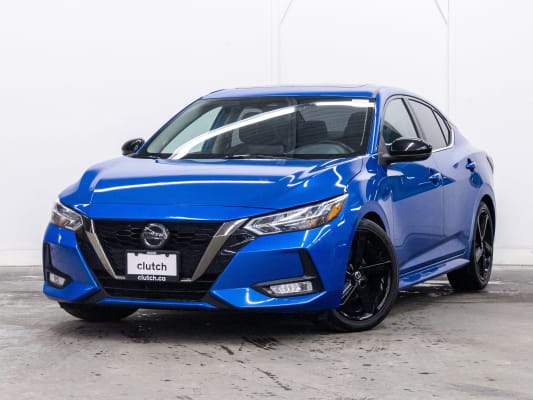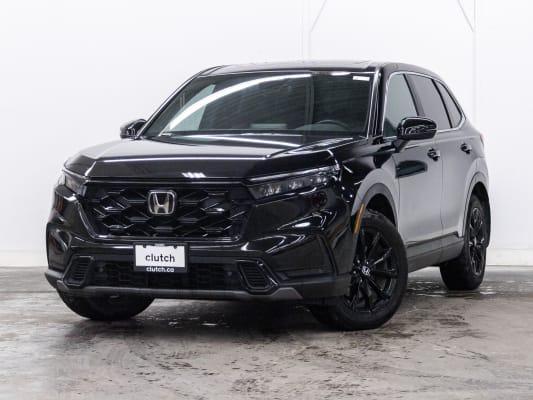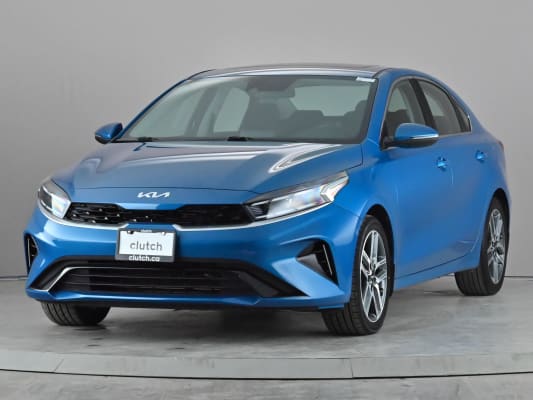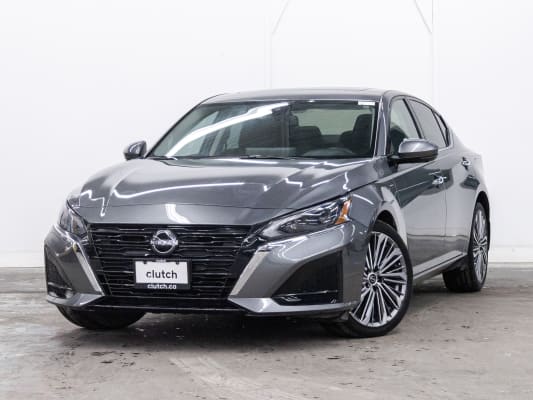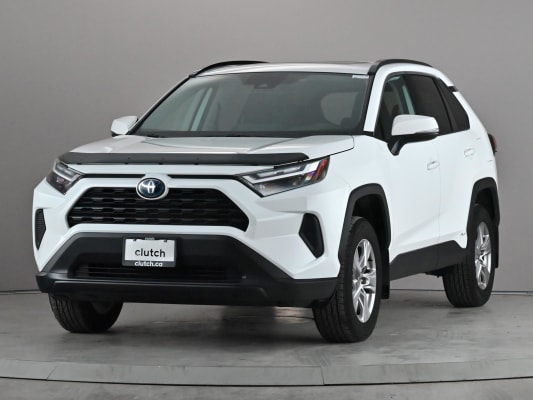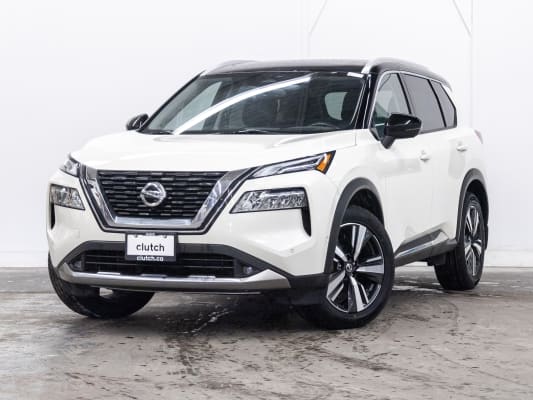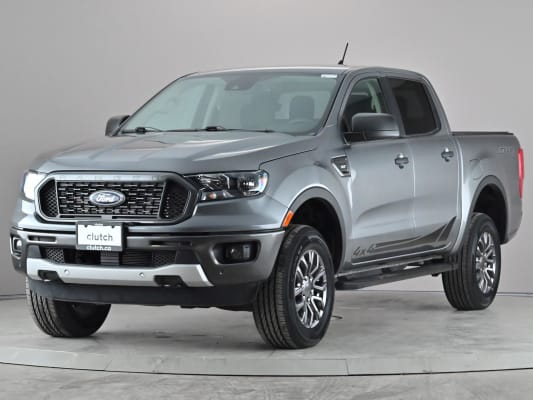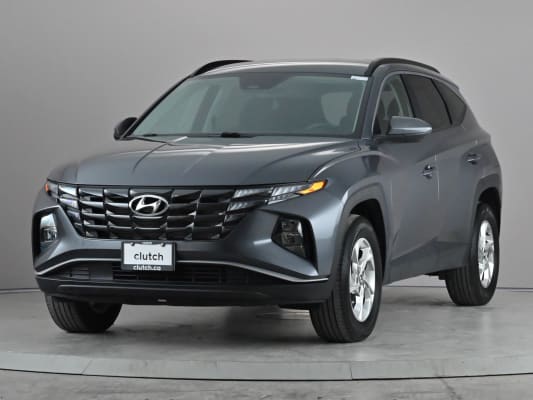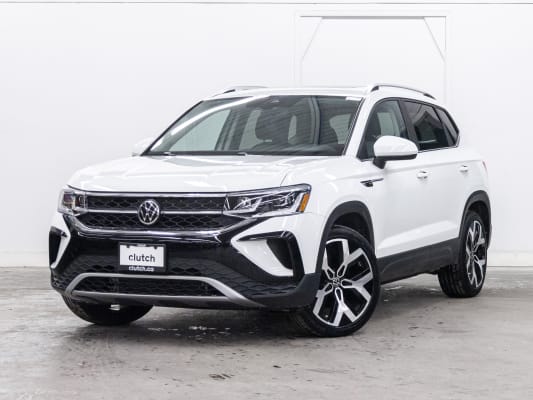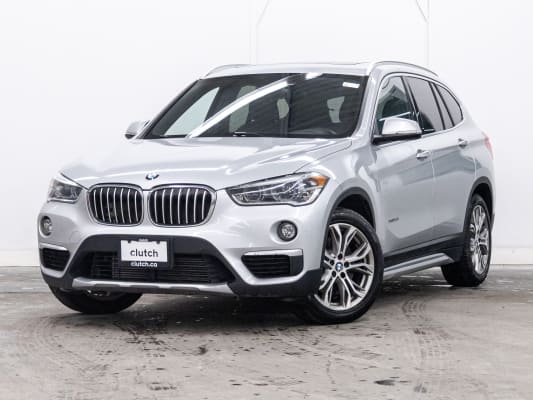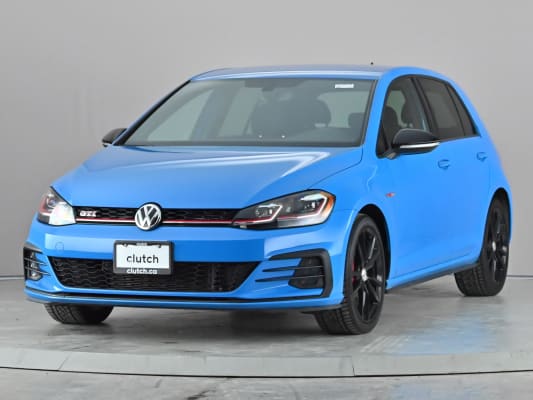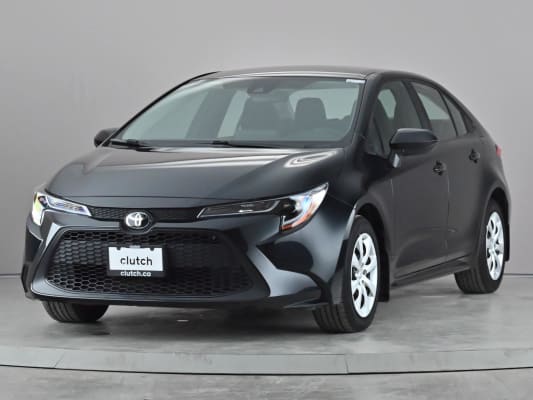When it comes to shopping for a used Toyota RAV4, choosing the right trim is like layering for a Canadian winter — the base layer (LE) gives you everything you need to stay warm and protected, but the mid-layer (XLE) adds extra comfort that can make all the difference when the weather turns. Both trims are built on the same rock-solid foundation, but the differences in features, comfort, and price can influence your experience behind the wheel — especially in Canada's demanding climate.
In this guide, we’ll break down what separates the LE and XLE trims, highlight which powertrain options are available on each, and help you figure out which one fits your budget, driving habits, and priorities best.

Quick Look: Toyota RAV4 LE vs XLE
Feature Differences Explained
While the Toyota RAV4 LE comes well-equipped with the essentials, the XLE trim builds on that foundation with thoughtful upgrades aimed at comfort, convenience, and cold-weather usability — all especially relevant to Canadian drivers.
Here’s what the XLE adds over the LE, and why it might matter to you:

Power Driver’s Seat
The XLE features an 8-way power-adjustable driver’s seat with lumbar support, making it easier to dial in the perfect driving position — especially helpful on long commutes or road trips. In contrast, the LE offers manual seat adjustments, which can be less precise and less comfortable over time.
Dual-Zone Automatic Climate Control
Unlike the LE’s simpler climate system, the XLE lets the driver and front passenger control their temperatures independently. In a country where spring mornings can start below freezing and end above 15°C, this kind of flexibility is a genuine upgrade.
Push-Button Start and Keyless Entry
The XLE comes standard with Smart Key access and push-button start, so you can unlock and start the car without removing your keys from your pocket — a small luxury that’s especially appreciated when you’re bundled up in winter gloves.
Optional Extras
Depending on the model year and configuration, the XLE may also include:
- Sunroof: Brightens the cabin and adds airflow — not essential, but nice to have.
- Power Liftgate: Handy for loading groceries or gear, especially with kids or in snowy parking lots.
- Heated Steering Wheel (on select XLE packages or Canadian-specific trims): A game-changer in winter months.

Shared Core Features
Both LE and XLE come with:
- Heated front seats (standard in Canada)
- Apple CarPlay & Android Auto
- Toyota Safety Sense (with pre-collision warning, adaptive cruise, lane-keeping assist)
- AWD availability and identical infotainment systems (screen size varies slightly by model year)
In short, if you’re happy with the basics and want a dependable AWD SUV, the LE is more than sufficient. But if you’re someone who appreciates added comfort — or regularly faces cold mornings, long drives, or family duty — the XLE’s upgrades will likely feel well worth it.
Drivetrain & Hybrid Options: What You Should Know
While the LE and XLE trims share many similarities, the drivetrain and powertrain options available in each can make a big difference in your daily driving — especially in Canada, where snow, fuel costs, and long commutes are all part of the equation.
Let’s break down how FWD, AWD, and Hybrid AWD versions compare, and which one might suit you best.
Front-Wheel Drive (FWD)
- Available on LE and XLE trims (mostly in older used models, like 2020–2022).
- Least expensive option, both new and used.
- Offers slightly better fuel economy than AWD, and fewer mechanical components mean fewer maintenance points.
Best for: Drivers in milder provinces (e.g. BC’s Lower Mainland, southern Ontario) who mostly stay on well-cleared roads.
Trade-off: In harsh winter regions or for rural drivers, FWD RAV4s can feel under-equipped. AWD delivers better traction, especially on icy inclines and snowy backroads.
All-Wheel Drive (AWD)
- Widely available and most common on both LE and XLE trims in Canada.
- Uses Toyota’s Dynamic Torque Control system to send power to the rear wheels when needed.
- No significant hit to fuel economy (~8.5 L/100 km combined).
- Improves stability, confidence, and resale value.
Best for: Most Canadian drivers — from urban commuters to cottage country weekenders.

Hybrid AWD
- Offered on LE Hybrid AWD and XLE Hybrid AWD.
- Combines a 2.5L 4-cylinder with an electric motor for outstanding fuel economy (~6.0 L/100 km combined).
- Always comes with electronic on-demand AWD.
- Slightly higher resale value and lower emissions.
Best for: Eco-conscious drivers or commuters who want the benefits of AWD without the fuel costs of a traditional SUV.
Note: The hybrid system does not reduce interior cargo or passenger space — the RAV4 Hybrid is just as practical as the gas version.
See our list of the Best Hybrid SUVs in Canada for more great options.
What’s the Best Drivetrain for You?
No matter which variant you choose, the RAV4 platform delivers excellent reliability and resale value. But matching the drivetrain to your climate and habits will make a big difference in your day-to-day satisfaction.
Used Price Breakdown (CAD): LE vs XLE
The Toyota RAV4 holds its value exceptionally well, and that includes both the LE and XLE trims. While the XLE typically costs $1,500–$2,000 more than the LE for the same model year, that difference reflects the added comfort and convenience features — and in many cases, the higher resale value down the road.
Here’s how pricing compares on the used market:
Used Pricing Range on Clutch
What's Driving the Price Difference?
- Trim features: Power seats, push-button start, dual-zone climate, and optional upgrades all add to the XLE’s resale value.
- Drivetrain: AWD versions tend to command a premium, especially in provinces with harsh winters.
- Hybrid powertrain: RAV4 Hybrid models (especially XLE Hybrid AWD) are in high demand due to fuel savings — expect a $2,000–$4,000 premium over gas-only versions of the same trim and year.
Tip: Consider Model Year + Features
Sometimes a newer LE with low mileage can cost nearly the same as an older XLE, depending on equipment. If you’re budget-flexible, it’s worth comparing feature checklists — a 2023 LE might offer everything you need without the premium of a fully equipped 2021 XLE.
What’s the Better Fit for You?
Still undecided between the LE and XLE? Here's a breakdown of which trim is better suited for different types of drivers, based on what matters most to you:
No matter your pick, both trims are built with Toyota’s reputation for reliability and winter-ready engineering — it just comes down to how much convenience and efficiency you want layered on top.
{{inlinecta2}}
Final Thoughts
Choosing between the Toyota RAV4 LE and XLE is less about what you’re giving up and more about what you value most. If you’re after a practical, reliable SUV with excellent winter chops and a friendlier price tag, the LE AWD is a rock-solid choice. But if you’re someone who appreciates the little things — more comfort, convenience, and cold-weather upgrades — the XLE makes those daily drives feel just a bit smoother.
Both trims deliver on the promise of RAV4 reliability, and with options like Hybrid AWD available in both, you can tailor your ride to your fuel and climate needs too.
Looking to compare listings? Explore used RAV4 LE and XLE models on Clutch to find the right fit for your lifestyle and budget — all backed by upfront pricing and a hassle-free return policy.




_Thumbnail.avif)


.avif)
